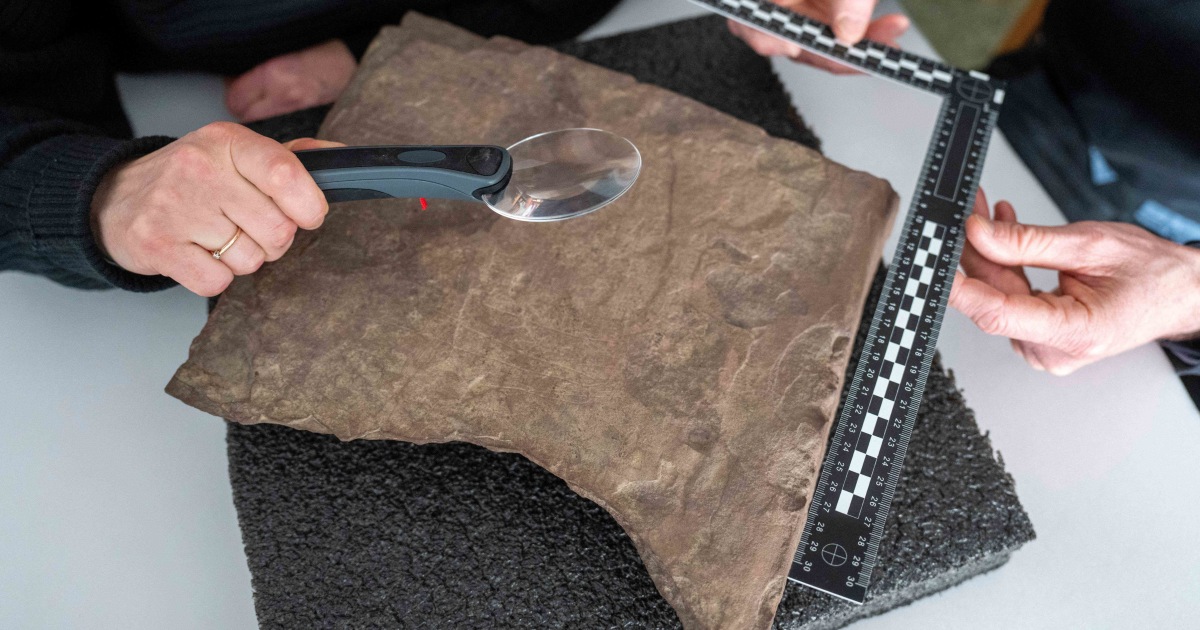
The runestone was discovered in the fall of 2021 during an excavation of a grave near Tyrifjord, west of Oslo, in a region known for several monumental archaeological finds. Items in the cremation pit — burnt bones and charcoal — indicate that the runes likely were inscribed between A.D. 1 and 250.
“We needed time to analyze and date the runestone,” she said to explain why the finding was first announced on Tuesday.
Measuring 31 centimeters by 32 centimeters (12.2 inches by 12.6 inches), the stone has several types of inscriptions and not all make linguistic sense. Eight runes on the front of the stone read “idiberug” — which could be the name of a woman, a man or a family.
Zilmer called the discovery “the most sensational thing that I, as an academic, have had.”
There is still a lot of research to be done on the rock, dubbed the Svingerud stone after the site where it was found.
“Without doubt, we will obtain valuable knowledge about the early history of runic writing,” Zilmer said.
The runestone will be exhibited for a month, starting on Jan. 21, at the Museum of Cultural History, which has Norway’s largest collection of historical artifacts, from the Stone Age to modern times.
Source: | This article originally belongs to Nbcnews.com









